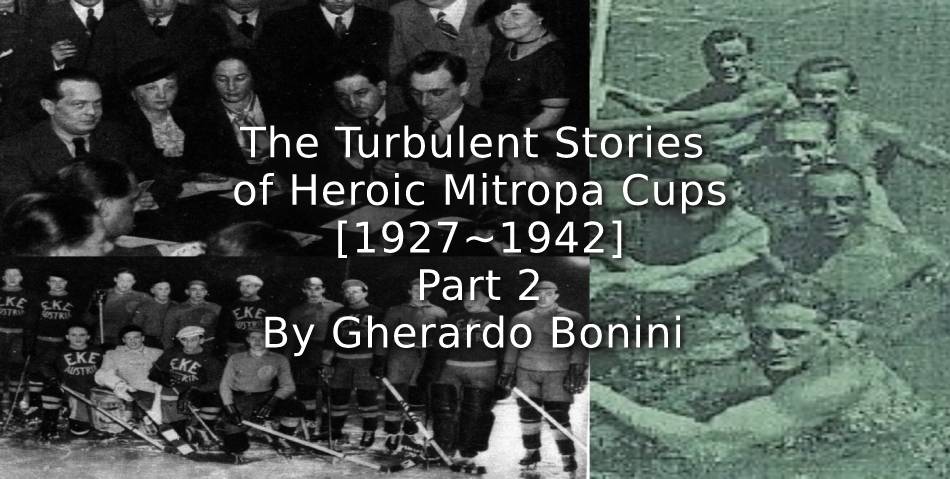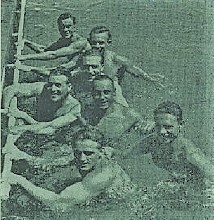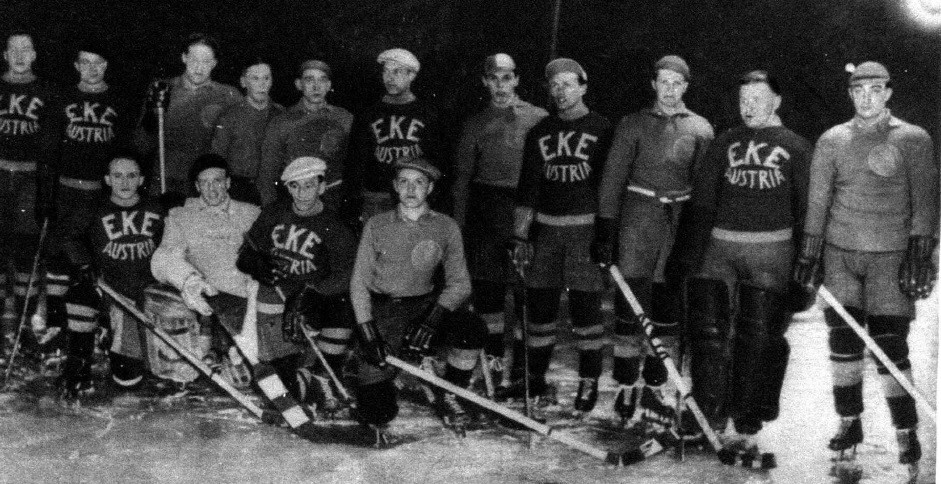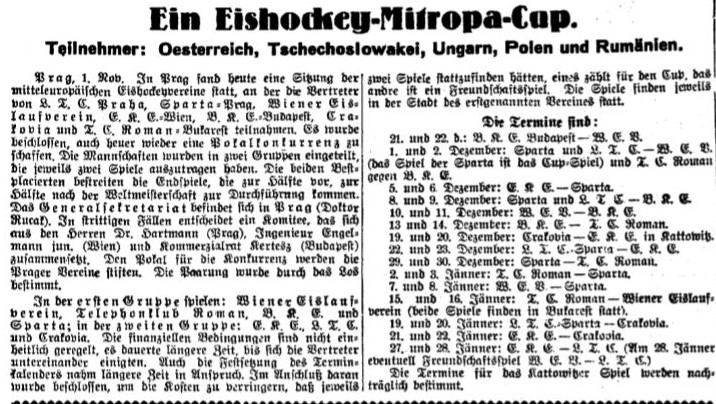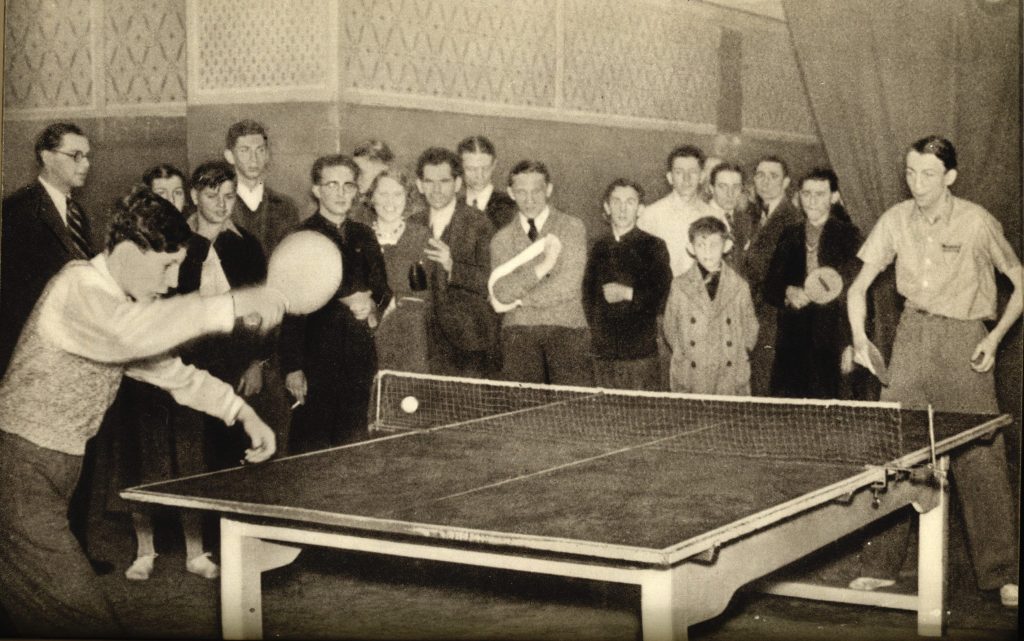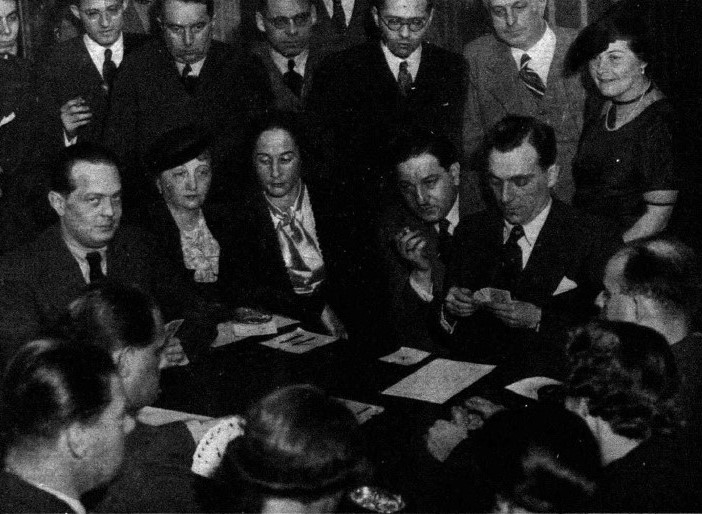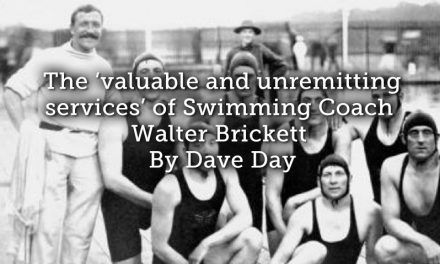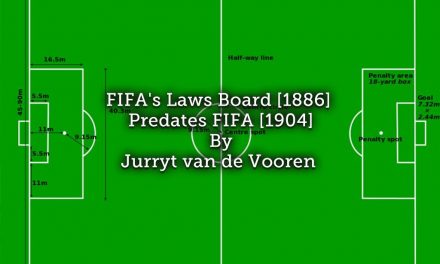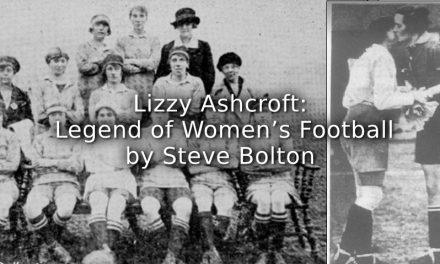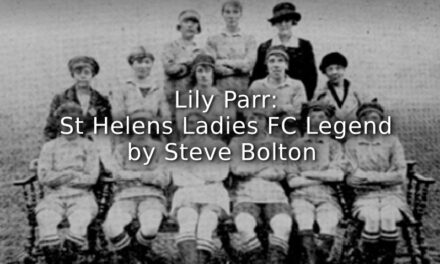For Part 1 of this series click HERE
The successful football Mitropa tournaments strengthened the awareness of Austrian sports managers, but also of Hungarian and Czech counterparts, to institutionalize Mitropa competitions transforming bilateral matches held in the previous years with regular basis. Hungarians and Czechoslovakians were always the privileged interlocutors for organizing the meetings, but the sphere of action, similarly to football, considered Yugoslavia, Poland, Italy, Romania and Germany. In 1930 the first proposal outside the football environment was made in boxing, decayed, but was resumed in 1932. Effective events were held in boxing, tennis,table tennis and bridge .
However, the initiative expanded to other disciplines, such as water polo, but attempts failed due to various problems. The projects were mostly launched by the Austrian side, eager to carve out a winning space in international sport. The projects mushroomed when vice-Chancellor Starhemberg served as head of the sport since the summer of 1934 to the Anschluss (since March 1936 no longer as vice-Chancellor) and intended to promote sport in the service of the Patriotic Front, the political organization, modeled on Italian fascism, to corroborate nationalism and Austrian identity, no longer in opposition to the Social Democratic Party, defeated and annihilated in the civil war of February 1934, but against the Nazi annexation ambitions. On November 28, 1934, the Viennese newspaper Sport Tagblatt announced that, after some contacts between Austria, Hungary and Czechoslovakia, there had been a general consent of the Prague Jewish club Hagibor and of the Cesky Plavecky Klub (CPK) for the water polo’s Mitropa Cup. In that 1934, the Hagibor swimmers had given up the European Swimming Championships in Magdeburg against the anti-Semitist policy of the Nazi regime. The same boycott had been decreed by the Austrian Swimming Federation (VÖS), but within the Austrian swimming clubs, EWASK (Erste Wiener Amateur Schwimmen Club – First Viennese Amateur Swimming Club) had taken the VÖS leadership. While apparently obsequious to the Austro-fascist regime, EWASK was openly pro-Nazi. Therefore the Central European Tournament was not set up.
In 1938, an Italian initiative relaunched a proposal for Mitropa Cup for national selections, but it conflicted with the celebrated Horthy Cup, and even this idea lapsed.
- Viennese waterpolo team of EWASK in 1936
In the field of ice hockey, the vicissitudes were more complex and interesting. In fact, in 1933 an agreement was found for a European Cup. At the start of the European event, clubs from England, France, Germany and Italy took part, as well as Austrian and Czechoslovakian teams. The English team Streatham won the first tournament 1934-1935. The second edition saw the participation of Austrian, Czechoslovakian, Hungarian, Romanian teams and French club Les français volants. The final of the 1935-1936 competition would have taken place in February 1936 between the Viennese Engelmann Kunstlauf Eisbahn (EKE), Austrian champions, and probably Les français volants, but financial difficulties and the boycott by Britons in organizing a simulatenous International Cup where Les français volants also signed up provoked the end of the European Tournament. EKE then launched the proposal for a Mitropa Cup, confident that the common Central European culture would guarantee greater security and reliability. It was not difficult, in the fall of 1936, involve the Czechoslovakian, Hungarian, Romanian and Polish, teams also them disappointed by the failure of the European tournament. A first calendar was drawn up quickly, with matches to be scheduled between the end of November 1936 and January 1937, and the establishment of a Steering Committee based in Prague. Unfortunately, the project that would have involved seven teams did not take off because, a few days after the agreement, the Austrian federation withdrew both EKE and the Wiener Eislauf Verein (WEV), alleging a national planning conflict ahead of the London World Championships to be held in February 1937. Some of the matches on the calendar were played at a friendly level. By the way, the Austrian federation subsequently encountered other problems, of a financial nature, and did not participate in the London World Championship.
- The photo pictures Viennese players of EKE with Stockholm’s players visiting Vienna in 1934
-
From Sport Tagblatt 2 November 1936,
The programme for Mitropa Cup’s Ice Hockey 1936/1937 that later did not take place
Still another Austrian federation, for cycling, eager to get out of its business from the crisis and the disaffection, proposed in November 1935 a Mitropa Cup sending invitations to all nations in the orbit of Central Europe, namely Hungary, Czechoslovakia, Yugoslavia, Germany, Switzerland and Italy. The project should have developed through a tournament of bilateral meetings, with home /away, at the level of national amateur teams. The plan, which should have presupposed a complex and precise scheduling, was not approved and the umpteenth project lapsed. Incidentally, the Austrian federation returned to stage in 1936 for launching a European mountain running championship, another proposal that failed.
For table tennis, a non-Olympic sport, the agreement was quick and easy, given that the Hungary, Austria and Czechoslovakia dominated the world scene. The tournament was held in 1935-1936 and was won by Hungary. The iteration appeared redundant, as well as expensive, since the three national teams clashed in the respective international championships and in the world championships as well as in the frequent town matches between Vienna, Budapest and Prague.
-
Two protagonists of International table tennis of 1930s.
A very young Bergmann (17years old in 1936 World championship with Austria team) and Göbel.
Jewish Bergmann who escaped to Britain with Anschluss and after World War II won another World title in 1948 for Britain
There is not much information on the Mitropa Cup of the bridge. The edition of December 1936 comprised Austria, Czechoslovakia, Hungary and Yugoslavia, took place in Vienna and was won by Austria.
- Phase of Mitropa Cup for bridge held in Vienna
In athletics, in 1934 the European Championships were established, open only to men, in 1938 for women were scheduled. In December 1937, five clubs from different countries, namely the Wiener Athletiksport Club (WAC) for Austria, the Società Sportiva Giovinezza (Youth Sports Society – Giovinezza was unofficial anthem for younger Fascists) for Italy, the Primorje for Yugoslavia , the Magyar Atletikai Club (MAC) (established in 1875) for Hungary, and the Visokokolsky for Czechoslovakia, they launched the idea for an original Mitropa Cup, for clubs. Before then, in order to promote the athletic movement, international matches were often played close in stadiums before or after football Mitropa Cup or International Cup matches. It would have been even more attractive to set up an event completely dedicated to the Mitropa Cup.
The political crises of 1938 caused the project to fail. The political vicissitudes confirmed a situation of desperate isolation of Austria that tried, also through sport, to weave alliances, in most cases without requests to Germany, to obtain a space for manoeuvre and realization. However, its own weakness frequently caused failures.
To read Part 3 click HERE
Article © Gherardo Bonini

